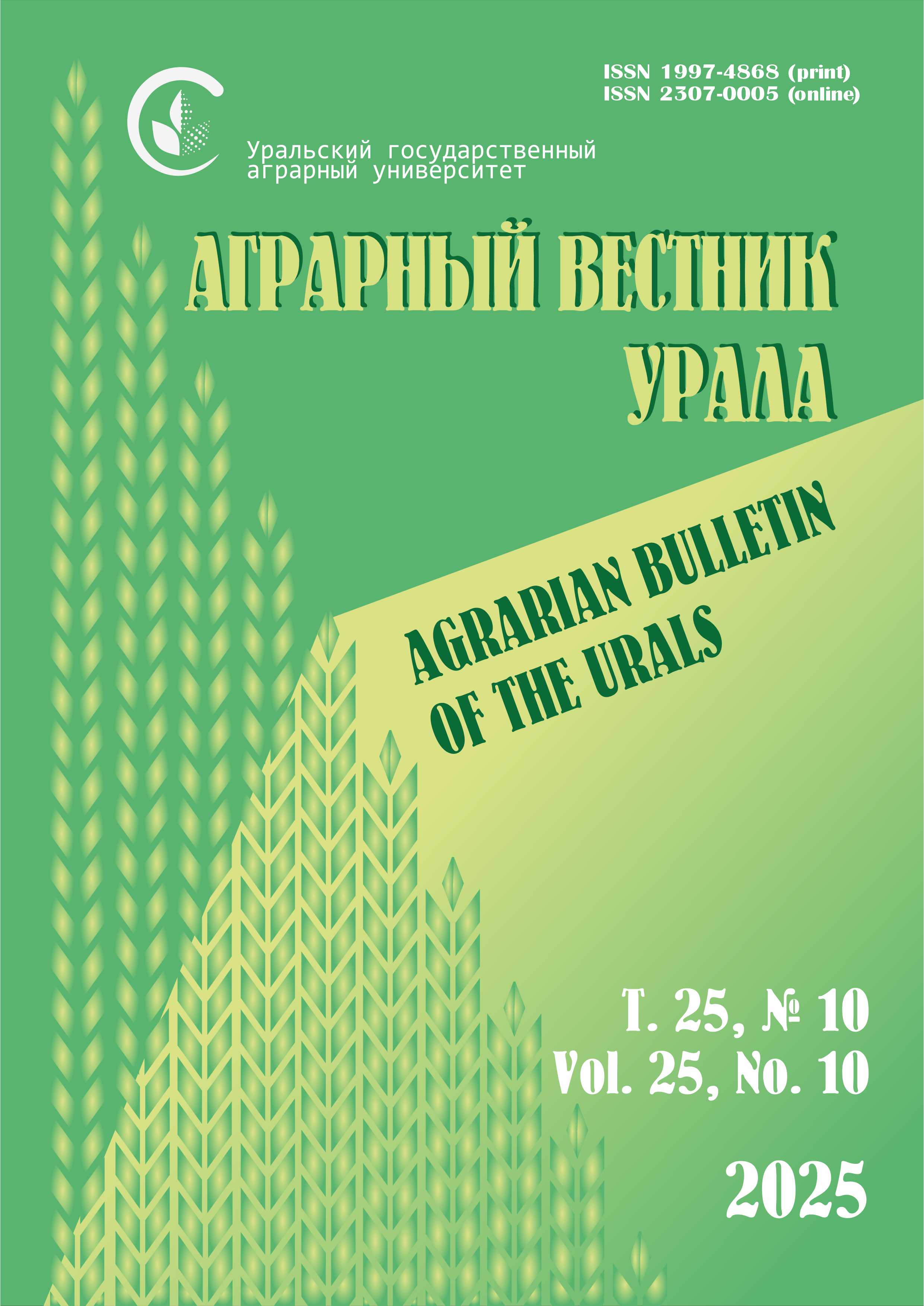Authors: V. V. Vazhev, B. G. Munarbaeva, N. V. Vazheva, M. A. Gubenko
Kostanay Social Technical University named after Z. Aldamzhar, Kostanay, Kazakhstan
Kostanay State Pedagogical University named after O. Sultangazin, Kostanay, Kazakhstan E-mail: This email address is being protected from spambots. You need JavaScript enabled to view it.
Abstract. The search for effective drugs for the treatment of infectious diseases of farm animals is an urgent problem. The article presents the models of antipasteurllosis activity of a vast array of chemical compounds, built using descriptors generated by the Dragon program and the computer program PROGROC developed by us. Pasteurelosis is an infectious disease of many species of animals, caused by bacteria of the genus Pasteurella, has a wide geographical distribution and causes significant economic damage to livestock. Treatment of diseased animals with antibiotics is complicated by the emergence of forms of microorganisms that are resistant to them. To solve the problem of bacterial drug resistance, it is proposed to search for and select compounds with antipasteurellosis activity using QSAR (Quantitative Structure-Activity Relationship) methods. To assess the antipasteurellosis activity, the indicator lgMIC (MIC is the minimum inhibitory concentration of the substance) was used. The prediction quality was characterized by a correlation coefficient R between the predicted and experimental values of lgMIC and the standard deviation s. In the present work, models of inhibitory activity against Pasteurella multocida 362 chemical compounds selected at the ChEMBL site were obtained. The simulation involved 445 molecular structure descriptors calculated by the Dragon 7 program. The calculations were performed using the PROGROC computer program (PROGgram RObustness Calculation). The values of the correlation coefficient reached 0.9360–0.9549 for the control sample, where 55–61 % of the total set of substances are represented. When checking the quality of modeling by means of sliding control, the following indicators were obtained: R = 0.9297 and s = 0.40. Calculations were made for compounds with only threshold estimates () in the original database. The obtained estimated lgMIC estimates are in good agreement with the experimental ones, which indicates the possibility of replacing the experiment with less costly calculations.
Keywords: Pasteurella multocida, antimicrobial activity, drugs, minimum inhibitory concentration MIC, QSAR, organic substances, descriptors, Dragon, correlation, PROGROC.












